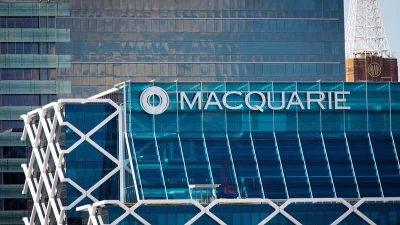Integrated reaches $5b in FUA


Wealth and portfolio management strategies provider, Integrated Portfolio Solutions, has announced its funds under administration (FUA) have exceeded $5 billion mark, and with a further expected pipeline in excess of $1 billion by mid-year, the firm expects FUA to reach $6 billion.
The company said that a growth in FUA was largely helped by strong flows from its family offices and investment advisers clients while the firm’s organic growth came from both existing clients and new boutique and institutional wins.
At the same time, Integrated also completed a $1 million funding role advised by Aura Capital and said the proceeds would go towards bring to market a practice management tool for financial advice professionals as well as its managed discretionary account (MDA) and individually managed account (IMAs) offering.
“Integrated has now reached the incredible milestone of $5 billion, an achievement we are proud of and speaks volumes to both the Integrated business model and the talented, client focused team we have servicing our clients. As advice and private wealth sectors adjust to a new normal, Integrated’s unique position in the market has become stronger,” Integrated’s manging director Darryl Johnson commented.
Aura Group’s managing director, Calvin Ng, praised Integrated’s nearly tripled FUA in approximately two and half years and said it was a testament to value of the Integrated platform and team.
Recommended for you
Lonsec and SQM Research have highlighted manager selection as a crucial risk for financial advisers when it comes to private market investments, particularly due to the clear performance dispersion.
Macquarie Asset Management has indicated its desire to commit the fast-growing wealth business in Australia by divesting part of its public investment business to Japanese investment bank Nomura.
Australia’s “sophisticated” financial services industry is a magnet for offshore fund managers, according to a global firm.
The latest Morningstar asset manager survey believes ETF providers are likely to retain the market share they have gained from active managers.















